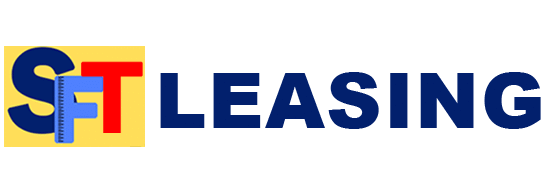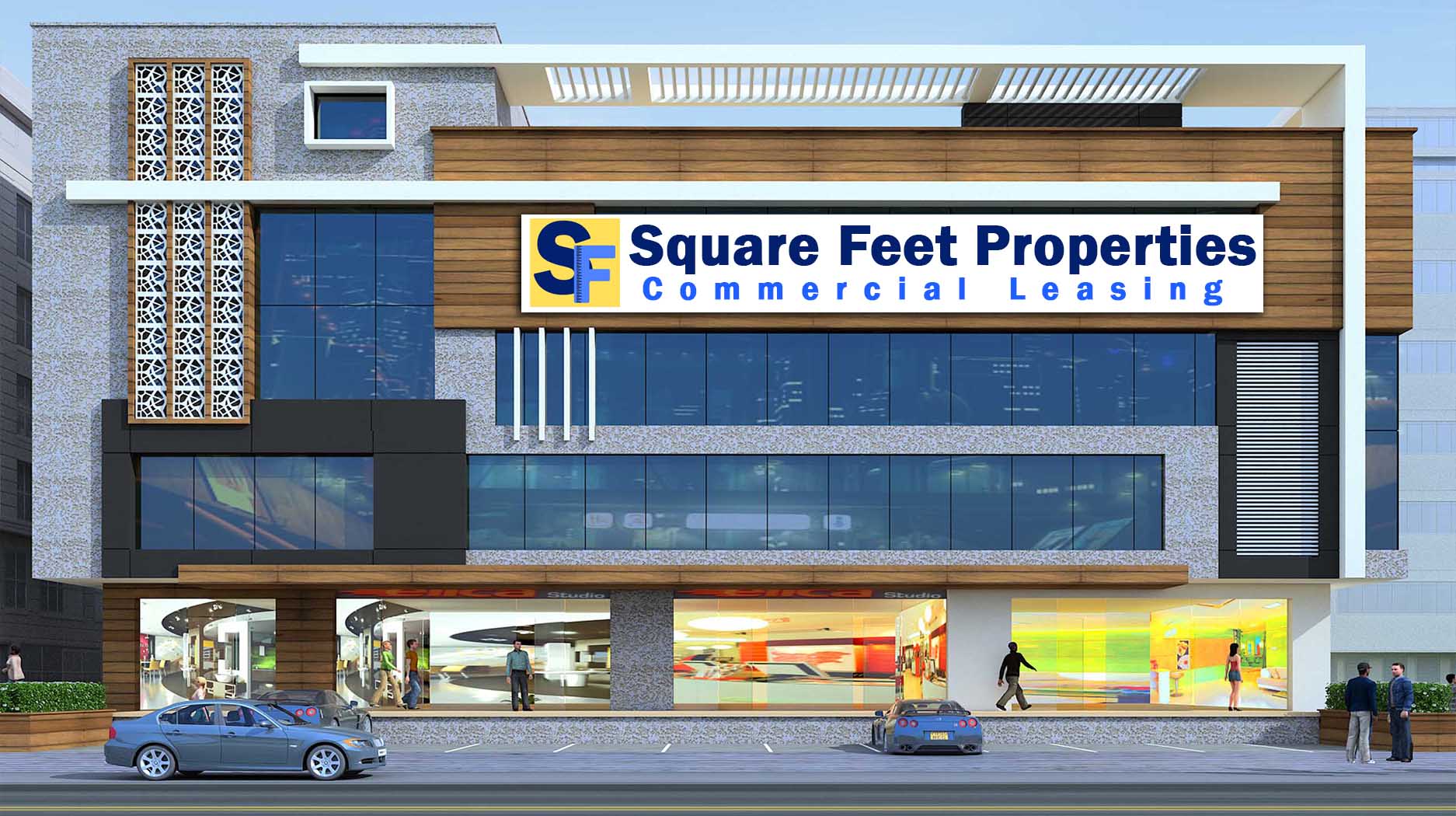🏠 Understanding Property Leasing: A Complete Guide for Owners and Tenants
Property leasing plays a crucial role in today’s real estate landscape, offering flexible opportunities for both property owners and tenants. Whether you’re a landlord seeking steady rental income or a tenant looking for a perfect place to live or work, leasing provides an accessible and manageable solution.
We’ll break down the essentials of property leasing, including types, benefits, responsibilities, and tips to ensure a smooth leasing experience.
🔍 What is Property Leasing?
Leasing is a legal agreement in which a property owner (the lessor) grants the right to use their property to a tenant (the lessee) for a fixed period in exchange for rent. Unlike outright purchase, leasing allows for flexibility and lower upfront costs, making it popular among both individuals and businesses.
🏢 Types of Property Leasing
1. Residential Leasing
Covers apartments, independent houses, villas, and flats leased for living purposes. These can be short-term or long-term agreements, often ranging from 11 months to 3 years.
2. Commercial Leasing
Involves leasing office spaces, retail shops, warehouses, or industrial units for business use. Commercial leases usually have longer terms, strict conditions, and higher rent.
3. Long-Term vs. Short-Term Leases
- Long-Term Lease: Generally over a year, offering stability and consistent rental income.
- Short-Term Lease: Ideal for temporary stays, travel professionals, or seasonal businesses.
✅ Benefits of Leasing for Property Owners
- Regular Income: Steady monthly rent provides financial stability.
- Asset Retention: Keep ownership while earning from it.
- Tax Benefits: Rental income can offer certain deductions under property laws.
- Low Risk with Proper Screening: Background-verified tenants reduce risks.
🧑💼 Benefits of Leasing for Tenants
- Lower Upfront Costs: No large down payment or loan burden.
- Flexibility: Ideal for professionals, students, or startups who need temporary stays.
- Access to Prime Locations: Lease properties in well-connected areas that might be unaffordable to buy.
- Minimal Maintenance Responsibility: In many leases, landlords handle major maintenance.
🛠️ Key Responsibilities in a Lease Agreement
For Landlords:
- Provide a safe, livable space.
- Maintain structural elements and utilities.
- Respect tenant privacy and notice periods.
For Tenants:
- Pay rent on time.
- Maintain the property.
- Comply with terms, including notice before vacating.
📑 What to Include in a Lease Agreement
- Names of both parties
- Property address and description
- Lease term and renewal conditions
- Monthly rent and payment dates
- Security deposit and refund terms
- Maintenance responsibilities
- Termination clause and notice period
- Signatures of both parties
A registered lease agreement ensures legal safety for both sides.
🛡️ Tips for a Smooth Leasing Experience
Property Owners:
- Screen tenants properly.
- Document everything.
- Inspect periodically but respect tenant privacy.
Tenants:
- Read the lease carefully before signing.
- Clarify responsibilities and limitations.
- Keep records of payments and communication.
🏁 Conclusion
Whether you’re leasing out your property or searching for the right space to live or work, understanding the leasing process is key to a positive experience. With the right planning, legal documentation, and transparency, leasing becomes a win-win for both owners and tenants.
Looking to lease or list a property?
SFT Leasing offers end-to-end property leasing solutions tailored to your needs. Explore our listings or speak to our leasing experts today!

